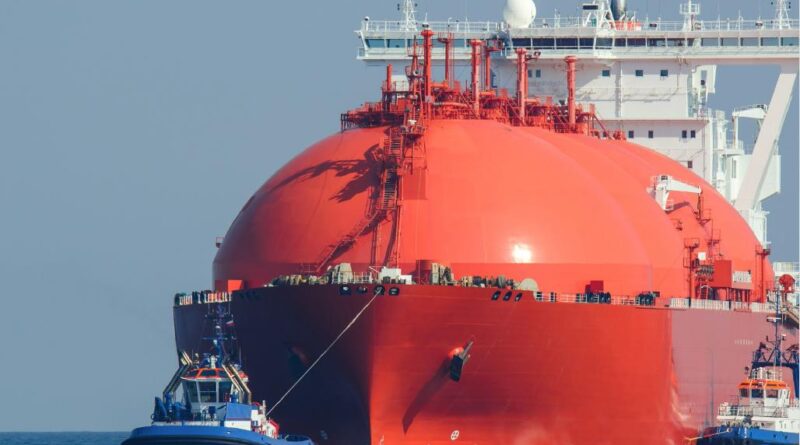The UK energy crisis: How prices became so high
According to government reports Britain’s new prime minister Liz Truss is planning to freeze household energy bills at broadly the current level this winter, using government-backed loans to energy suppliers.
The scheme could cost around £100 billion (R2 trillion), but the precise amount would depend on its duration, wholesale prices and market demand. It is understood that a typical energy bill could be capped at around £2,500, with full details expected at a later date.
Currently, a typical household’s gas and electricity bill is due to rise from £1,971 to £3,549 in October, and possibly £4,650 in January. For context the average pre-tax household income in the UK is roughly £31,000. This increase would balloon the cost of energy bills to over 11% of pre tax income. This is far above the US household average of between 2 and 3%, and according to some reports would mean that poorer households and the elderly would be forced to choose between heating their homes during winter or buying sufficient food.
But how exactly did the UK get here? Even without the spillovers of the war in the Ukraine and Russia’s subsequent cutting off of gas to Europe, energy bills (the energy price cap) were set to rise by over 50% (£1,277 to £1,971 in the UK from the same time last year).
Impact of lockdowns and social restrictions
Put simply, lockdowns and social restrictions over the last two years, when so many industries and events were forced to grind to a halt, led to a decrease in demand for energy. And as demand fell, so did supply.
Then, as restrictions began to ease, demand jumped. In particular, the hospitality and travel sectors enjoyed a recovery which contributed to rapidly increasing demand for energy. But it is difficult to suddenly increase supply to meet a rise in demand; so, prices went up.
Supply side problems
The UK’s deliberate move away from hydrocarbons due to climate change commitments towards sources like wind, biofuels and solar power have made it harder for gas suppliers to predict market needs. This was highlighted by the fact that the UK generated less energy from renewable sources in 2021 compared to 2020 due to substantially less wind.
Until fairly recently, much of the UK’s supply came from domestic sources in the North Sea, but that has been in decline since the turn of the century with many citing Shell’s exit from the Cambo oil fields due to what they describe as ‘economic issues’ as an example. Part of the reason for the decline is that the remaining UK gas and oil fields tend to be relatively small and dispersed around the North Sea.
So, every time one source is exhausted, the producer needs to assess the case for starting up extraction from another source. But these sources are becoming less accessible, more expensive to extract from, and therefore less competitive.
As part of the response to climate change, there is now less enthusiasm for offering the licenses to open new fields. But the problem is that the UK won’t become self-sufficient in renewable energy until at least 2035 if former Prime Minister Boris Johnson’s government is to be believed.
Reliance on foreign gas and the war in Ukraine
Despite not importing much Russian gas directly, a drop in global supply – Russia is the second largest gas producer (17% of global output in 2020) – will affect the international gas markets that impact the UK. In other words, the structural problems around the UK’s energy procurement have only been exacerbated by the war in the Ukraine. High prices look set to continue for a significant amount of time which will affect the kind of and cost of commitment that will be expected of the UK government as they try to ameliorate the cost of high prices for poorer households.
The cost of help
“One of the dangers here is that it could even be more expensive than £100bn,” says Paul Johnson, director of the Institute for Fiscal Studies, contrasting it with the Covid-prompted furlough scheme, which cost £60bn-£70bn. “There has to be a risk that energy prices stay high for a long time, perhaps even up to three or four years,” he said. “Then this starts being baked into public spending long-term.” The very real concerns of the UK government borrowing money to subsidise energy costs has seen government borrowing hit its highest level for eight years on the 6th of September, with the yield on ten-year bonds rising above 3%. That reflects the market’s expectation that the government will have to borrow more and means any future borrowing will be more expensive.
The alternative is for demand to drop which would imply a recession that would come with its own set of costs.
Sindile Vabaza, an aspiring economist and an avid writer.




